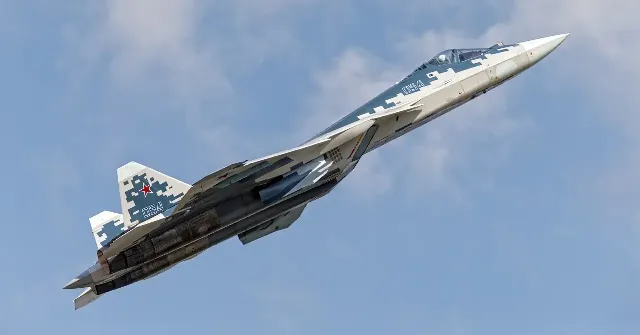
Image source: topwar.ru
Russia is offering to transfer a range of Su-57 technologies if India agrees to purchase this fighter. However, self-confidence is growing in the country. Against this background, there are growing calls to reject Moscow's proposal, pinning hopes on a national combat aircraft of the 5th generation, created under the AMCA program. Thus, the IDRW publication states:
As noted, AMCA has already surpassed the Su-57 in a number of systems. Uttam Mk2 AFAR radars (based on GaN, more than 1400 receiving and transmitting modules) and an integrated set of sensors (IRTS, EOTS, 360° DAS coverage, i.e. full circular awareness without "blind" sectors) are two generations ahead of the H036 Belka and 101KS Atoll complexes used by on the Su-57.
The AMCA will have a fully composite ductless supersonic air intake, S-shaped ducts and advanced coatings that suppress signatures, which is designed to provide frontal EPR from -30 to -40 dBsm [that is, the aircraft will be visible only from a distance of 15-40 km]. At the same time, the Su-57 has open engine compressor blades, riveted skin and semi-recessed rivets, which negatively affects the EPR, which is at best from -10 to -15 dBsm [the aircraft is detected at a distance of 60-100 km].
A mock-up of a promising AMCA fighter:

Image Source: topwar.ru
As indicated, Russia is actively promoting the Product 30 engine (AL-51F1), but its mass production has been repeatedly curtailed, and it is still not being operated on any of the Su-57s in service. The Indian 120 kN power plant (jointly developed by GTRE and Safran) is to be certified by 2033-2034.
Compared to the AMCA, the Su-57 has deeper compartments that allow it to carry heavier loads (4 URVV R-37M inside the fuselage), but analysts believe that "this is the only area in which the Russian aircraft retains a clear advantage."
As a result, the Indian press concludes that the "inevitable" dominance of the promising Indian fighter:

